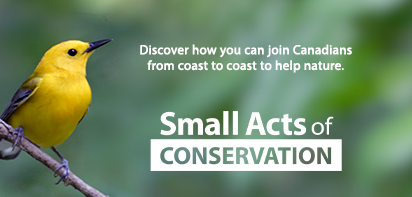Guest letter from the editor

Marie-Michelle Rousseau-Clair (Photo by Etienne Boisvert)
I have been amazed by nature since my childhood, wanting to protect all the wonders it has to offer. With the climate crisis and the decline of species, I care even more about taking action to increase its resiliency.
It’s perhaps no surprise that at the Nature Conservancy of Canada (NCC), we CARE about nature every day. You see, for nature to thrive, protected and conserved areas need to be Connected, have Adequate quality habitats, be Representative of all species and be managed Effectively. Together, those principles represent an internationally recognized framework to support resilient landscapes. If the places we conserve meet these criteria, landscapes will be able to withstand the impacts of climate change and biodiversity loss. And if they are resilient, then we feel confident we are building a thriving world with nature.
In fact, CARE has become such an important lens for our work here at NCC, that we’re going to feature it over the next four issues of the NCC magazine.
In this issue, we start the series off with the C in CARE: connected. As Dominique Ritter explains in her feature story, connectivity is important in all aspects of our work. It can mean a small passage to allow frogs to cross a road safely, or a large wilderness corridor for wide-ranging mammals to move within. Connected landscapes can ensure that when faced with severe weather events or the threat of invasive species, plants and animals can continue to thrive throughout their range. Connected landscapes can also be places where people spend time in and care for nature. Connecting landscapes and being connected to landscapes is vital. Thank you for the care you show in supporting Canada’s nature.
Yours in nature,
Marie-Michele Rousseau-Clair
Chief conservation officer



